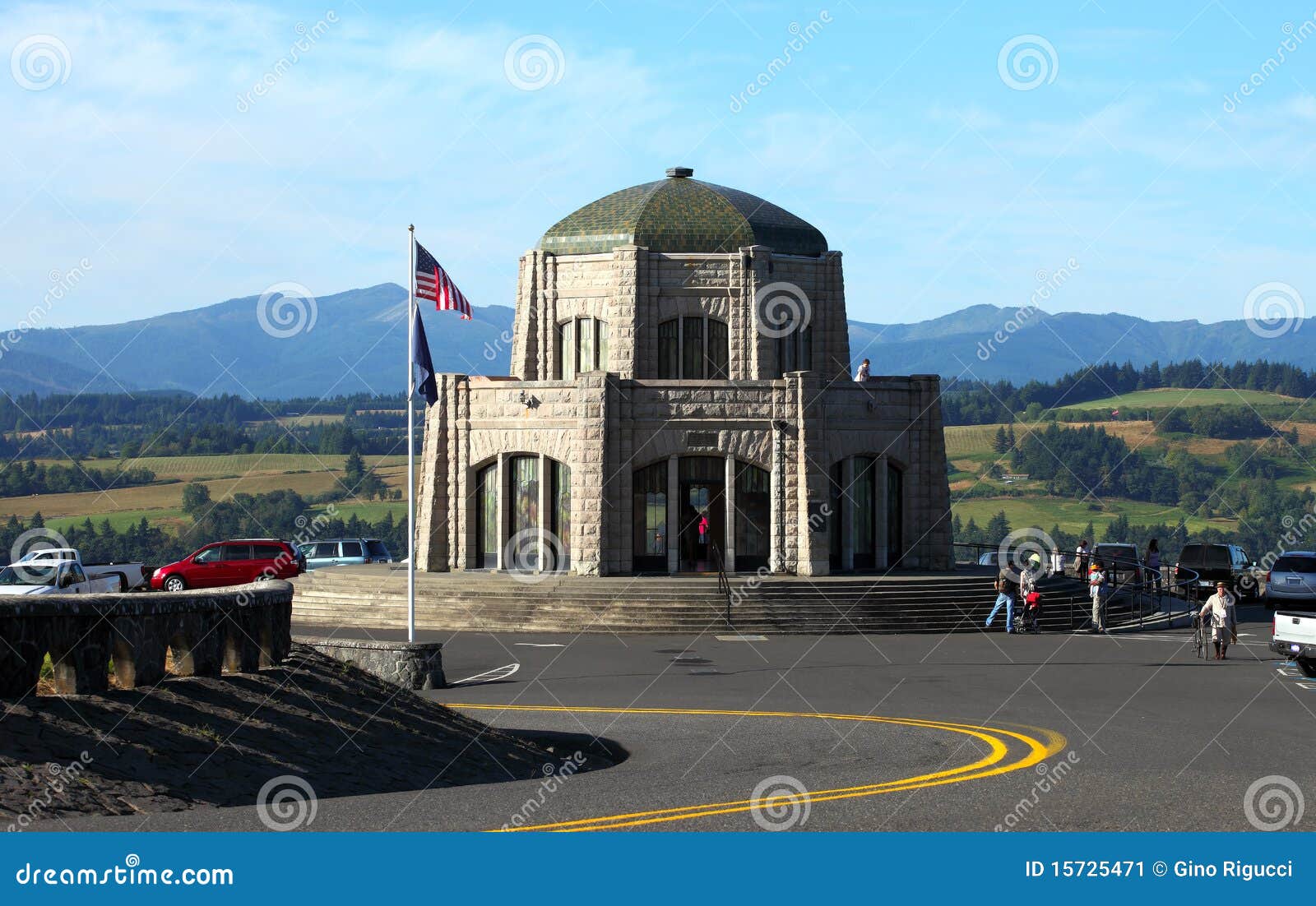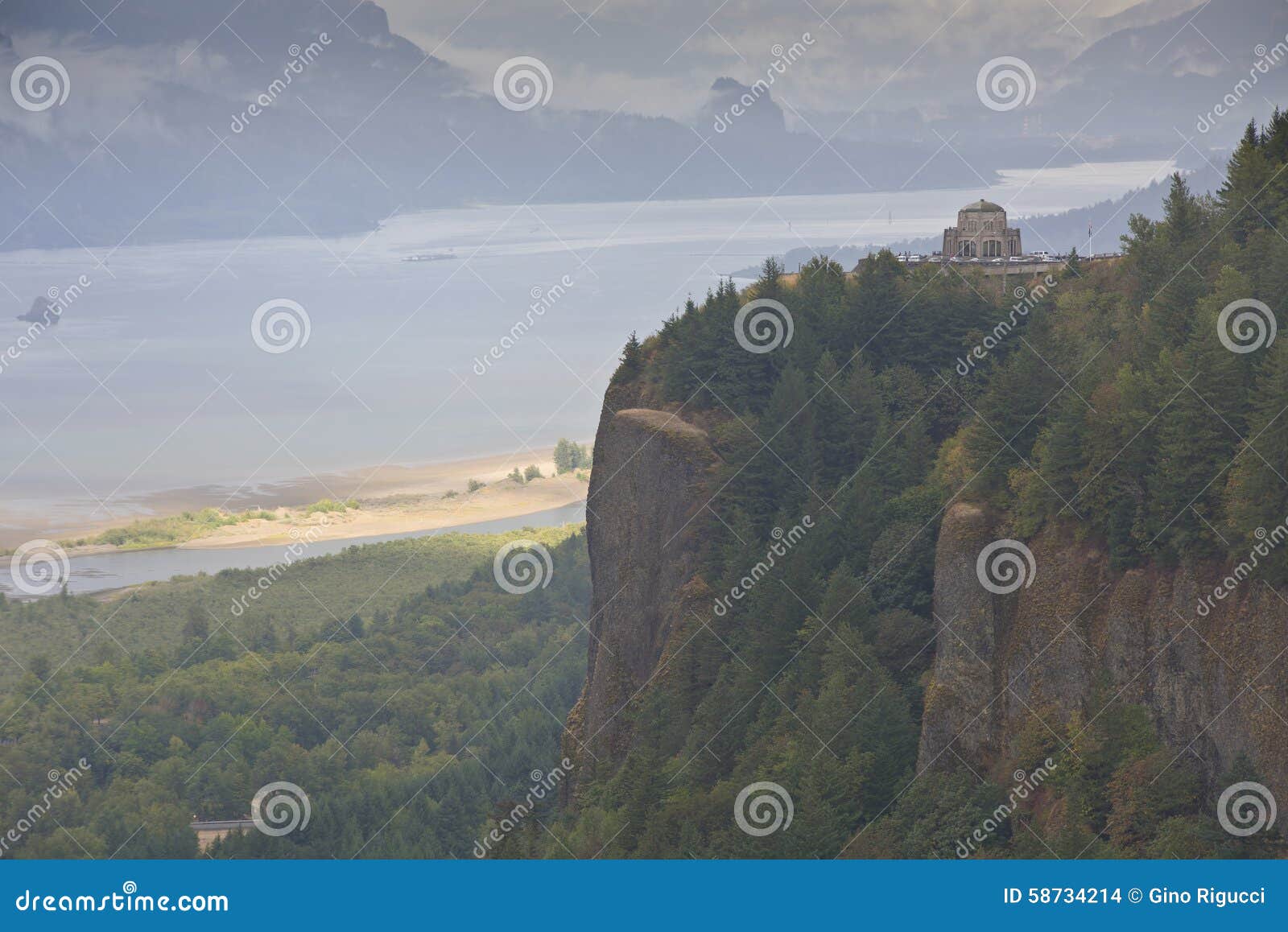Oregon Vista House Map
Arrow-down arrow-left arrow-right arrow-up chevron-up chevron-left chevron-right chevron-up close comment-new email-new fullscreen-close fullscreen-open gallery grid headphones-new heart-filled heart-open map-geolocator map-pushpin Artboard 1 Artboard 1 Artboard 1 minus ng-border pause play plus print replay screen share facebook github Artboard 1 Artboard 1 linkedin linkedinin pinterest pinterestp snapchat snapchat2 tumblr twitter vimeo vine whatsapp speaker star-filled star-open zoom-in-new zoom-out-new. The European settlers and fortune-seekers who made their way West along the Oregon Trail in the mid-19th century faced a difficult choice when they arrived at the steep valley known today as the Columbia River Gorge—the only sea-level pass through the north-south Cascade mountain range. They could try to float their wagons and possessions down the river on rafts through dangerous rapids. Or they could attempt the overland route through the Cascade mountains on the Barlow Road, a dirt track so steep that it could only be traversed with great difficulty. Some intrepid Barlow Road travelers resorted to cutting down trees and lashing them to the backs of the wagons to slow their descent.
The good news: The scenery in the Columbia River Gorge and the Cascade Range are just as spectacular today, but the roads have improved considerably. Oregon's largest and most popular city offers everything from green parks and gardens to bookstores, galleries, and an abundance of innovative eateries. Indeed, the city's innovative spirit is noticeable to the most transient visitor.
'With all the creative people who have lived and still reside here—people like director Gus Van Sant and writer Ursula Le Guin—the city's neighborly Midwest vibe has a cosmopolitan edge,' says Thomas Lauderdale, leader of the local band Pink Martini. The city is worth at least a day of exploration before starting the drive. When you're ready, take Interstate 84, the quickest and most convenient route, out of the city.


'Vista House, Crown Point, Oregon' Includes. In later years it was known as Vista Cafe. And were determined from USGS topo maps.
After just 20 minutes on Interstate 84, take Exit 17 for Troutdale, a 100-year-old town where even a tattoo parlor fits seamlessly into the main street of antiques shops and art galleries. Pick up some brewed ice tea and a mammoth apple-maple muffin at the Troutdale General Store (289 E. Historic Columbia River Hwy.) and marvel at the big bronze moose outside wildlife sculptor Rip Caswell's gallery.
Head eastward out of Troutdale on the Historic Columbia River Highway (HCRH). The gently winding road—constructed from 1913 to 1922—is still an impressive feat of engineering. Driving this portion, where the bridges and guardrails have been restored to their original appearance, you'll feel you have detoured to a slower, simpler time. After about ten miles (16 kilometers), the road reaches a peak at Crown Point, a scenic overlook 733 feet above the Columbia River.
The monumental Vista House , built here in 1918 from sandstone and Alaskan marble to honor the Oregon pioneers, serves as a combination rest stop and observatory. Gaze down from Vista House on the Columbia River as it runs through the Columbia River Gorge, an 80-mile-long (130-kilometer-long) channel hewn through walls of basalt that rise up to 4,000 feet (1,220 meters) by millennia of glaciers, floods, and the rushing river. Continuing east, the Historic Columbia River Highway passes one ethereal waterfall after another. Multnomah Falls (620 feet/189 meters), the second-highest year-round waterfall in the States, gets most of the press—and most of the visitors (two million per year). By all means make a stop at Multnomah, but you may get a more meaningful, less-crowded experience at one of the other waterfalls. For example, the short hike on a paved path down a slope to Latourell Falls deters most tourists and lets you discover the wispy beauty of the water in relatively silent wonder.

The whole region is threaded with hiking trails for those wanting a deeper walk in the woods. Jump back onto Interstate 84 and continue 25 miles (40 kilometers) east to Hood River, a bustling town with a reputation as one of the prime windsurfing and kite-boarding spots in the country. More than 30 orchards and wineries lie within easy reach of Hood River, including Cathedral Ridge Winery , which was named by Wine Press Northwest as Oregon's 2007 Winery of the Year. Closer to downtown Hood River, the employee-owned Full Sail Brewing Company has been a leader of the craft beer movement for 20 years.
Stop in for a free tour of the brewery or for a burger and a pint at the friendly Tasting Room and Pub. Next head south on Oregon Route 35 toward Mount Hood, the highest mountain in Oregon (11,245 feet/3,427 meters) and the second most climbed mountain in the world, after Japan's Mount Fuji. To reach the landmark, merge onto U.S. 26 toward Portland; your route will be joining the path of the historic Barlow Road. Historians have uncovered numerous noteworthy sites along this 19th-century route, including its last tollgate, a replica of which is still flanked by an original pair of maple trees from the late 1800s. Take the Timberline Lodge exit and begin the drive up Mount Hood. At an elevation of 6,000 feet (1,830 meters) you'll find Timberline Lodge , a National Historic Landmark made of massive timbers and local stone.
The lodge was built in just 15 months during the Great Depression by the Works Progress Administration and dedicated by President Franklin Roosevelt in 1937. From Timberline, cross over U.S.
Route 26 and continue south on Forest Road 2656 to Trillium Lake, which offers perhaps the most spectacular perspective on Mount Hood. A 2-mile (3.2-kilometer) hiking trail winds its way around the lake, which is also a great spot to swim, canoe, and kayak. Leaving Mount Hood, the route back to Portland follows U.S.
Crown Point Oregon Vista House
Stop at Jonsrud Viewpoint, a five-acre (two-hectare) park a mile north of Sandy on Bluff Road, for a sweeping view of Mount Hood and the bucolic Sandy River Valley.